Deck & Commander Strategies
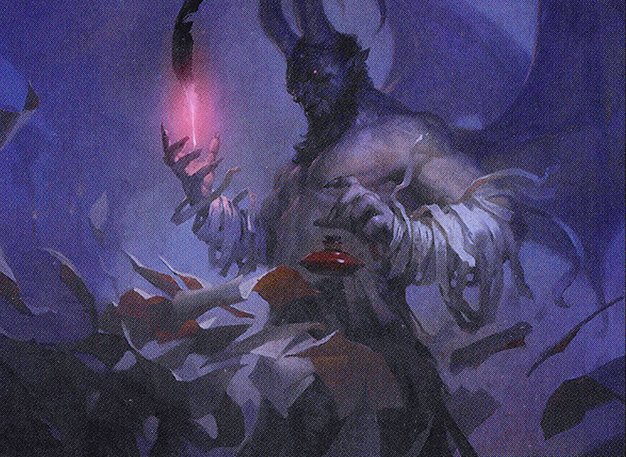
Vilis, Broker of Blood
Leverages life payment to draw cards and sacrifice creatures, generating incremental value and board presence with demons, aiming to overwhelm opponents through attrition and card advantage.
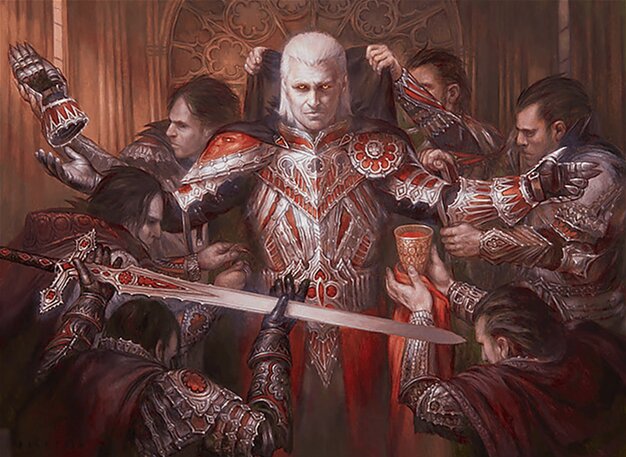
Edgar Markov
Aggressively floods the board with vampire tokens, backed by anthem effects and tribal synergies to quickly drain opponents' life totals and maintain pressure.
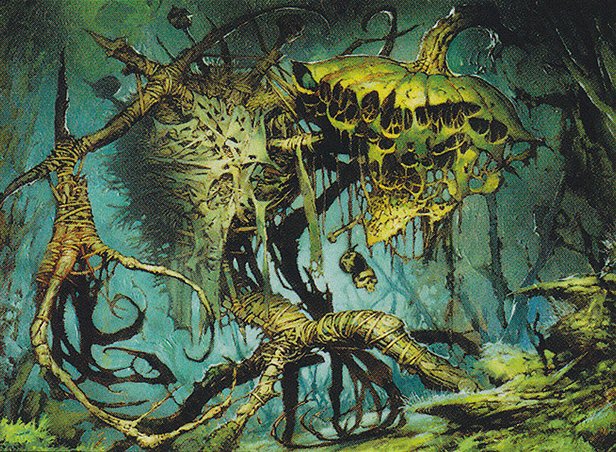
Reaper King
Builds a board of scarecrow tokens to trigger its ability that exiles opponents' permanents, disrupting their game plan and gaining incremental advantage through repeated removals.
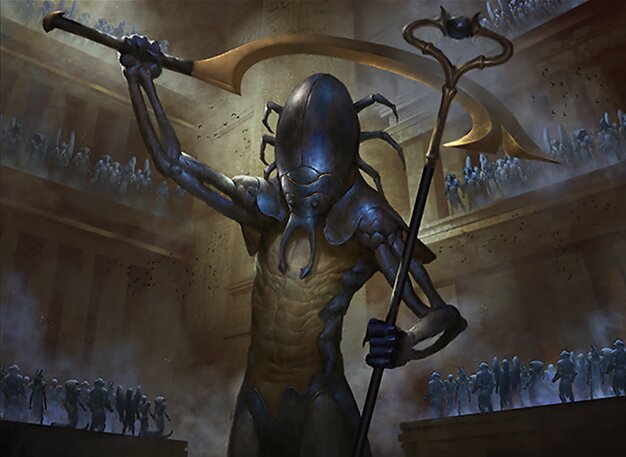
The Scarab God
Utilizes milling and zombie tribal synergies to create a resilient army, turning opponents' creatures into zombies and generating value through death triggers and zombie lords.
Gameplay Insights
- 1
Early ramp and mana acceleration were crucial for enabling big plays like casting Reaper King on turn four and deploying high-impact creatures quickly.
- 2
Reaper King’s exile ability created a significant threat, but timely removal from opponents prevented it from snowballing uncontrollably.
- 3
Edgar Markov’s continuous vampire token production applied consistent combat pressure, forcing opponents to trade resources defensively.
- 4
The Scarab God player’s milling strategy synergized well with zombie lords to maintain a strong board presence despite removal spells.
- 5
Multiple board wipes and targeted removal spells kept the board in flux, highlighting the importance of timing and resource management in tribal matchups.
Notable Cards
-

Vilis, Broker of Blood
-

Edgar Markov
-

Reaper King
-

The Scarab God
-

Death Baron
-

Undead Warchief
-
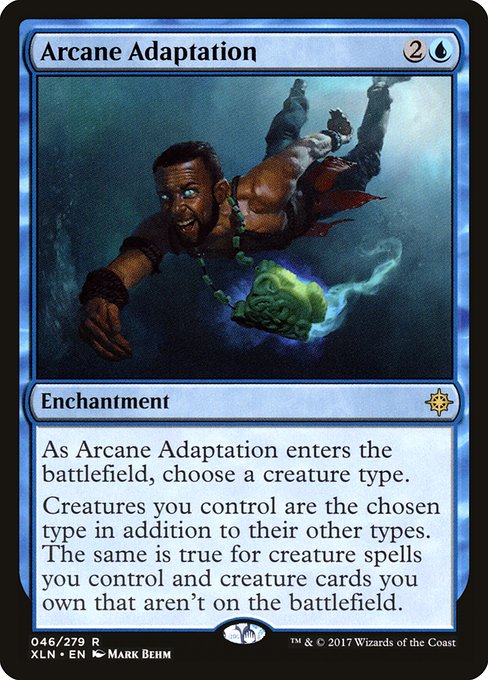
Arcane Adaptation
-
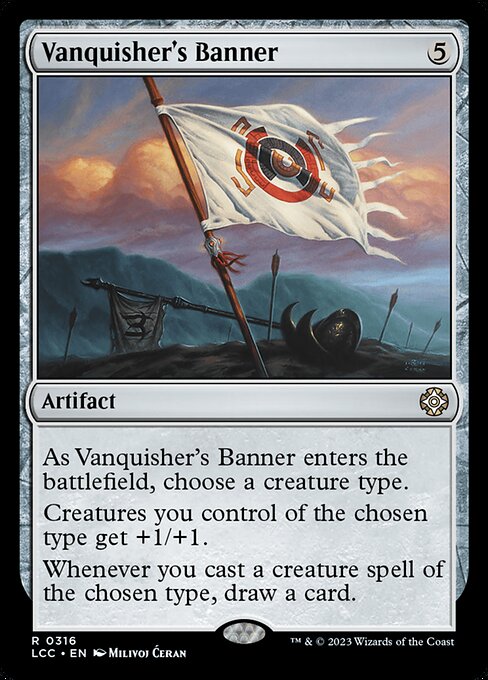
Vanquisher's Banner
Gameplay Summary
The game started with each player establishing their thematic tribal presence—demons, vampires, scarecrows, and zombies—each supported by their commanders' unique synergies.
Early ramp spells and mana rocks allowed quick deployment of key creatures and spells.
Vilis, Broker of Blood quickly threatened board control with life-for-cards abilities, while Edgar Markov generated aggressive vampire tokens to pressure opponents.
Reaper King aimed to leverage its synergy with scarecrows to exile opposing permanents, and The Scarab God utilized milling and zombie lords to build a resilient undead horde. A pivotal moment occurred when Reaper King was cast, attempting to shift the board state dramatically through milling and removal, but was promptly answered by removal, preventing it from dominating.
Meanwhile, Edgar Markov's vampire tokens continued to chip away at opponents, and Vilis maintained pressure using card draw and sacrifice effects.
The Scarab God player steadily assembled a zombie army boosted by lords and anthem effects, turning opponents' creatures into additional threats.
The game featured multiple board wipes, targeted removal, and value engines from all sides, with players jockeying for position and trying to keep their tribes alive.
Despite setbacks, the Scarab God deck showed strong late-game potential with recursive value and overwhelming zombie swarms poised to clean up the board.
























![Commander Vs S2E8: Savra vs Mayael vs Reaper King vs Trostani [MtG: Multiplayer] thumbnail](https://i.ytimg.com/vi/PmxKvs6zQYE/sddefault.jpg)



![Herumkommandiert #05 | Halloween Commander EDH Gameplay [Deutsch] thumbnail](https://i.ytimg.com/vi/TYi-yLuHxeU/sddefault.jpg)

![Commander VS S17E9: Vish Kal VS Vilis VS Skullbriar VS Queen Marchesa [Magic: The Gathering EDH] thumbnail](https://i.ytimg.com/vi/PclCM0FiXKE/sddefault.jpg)














